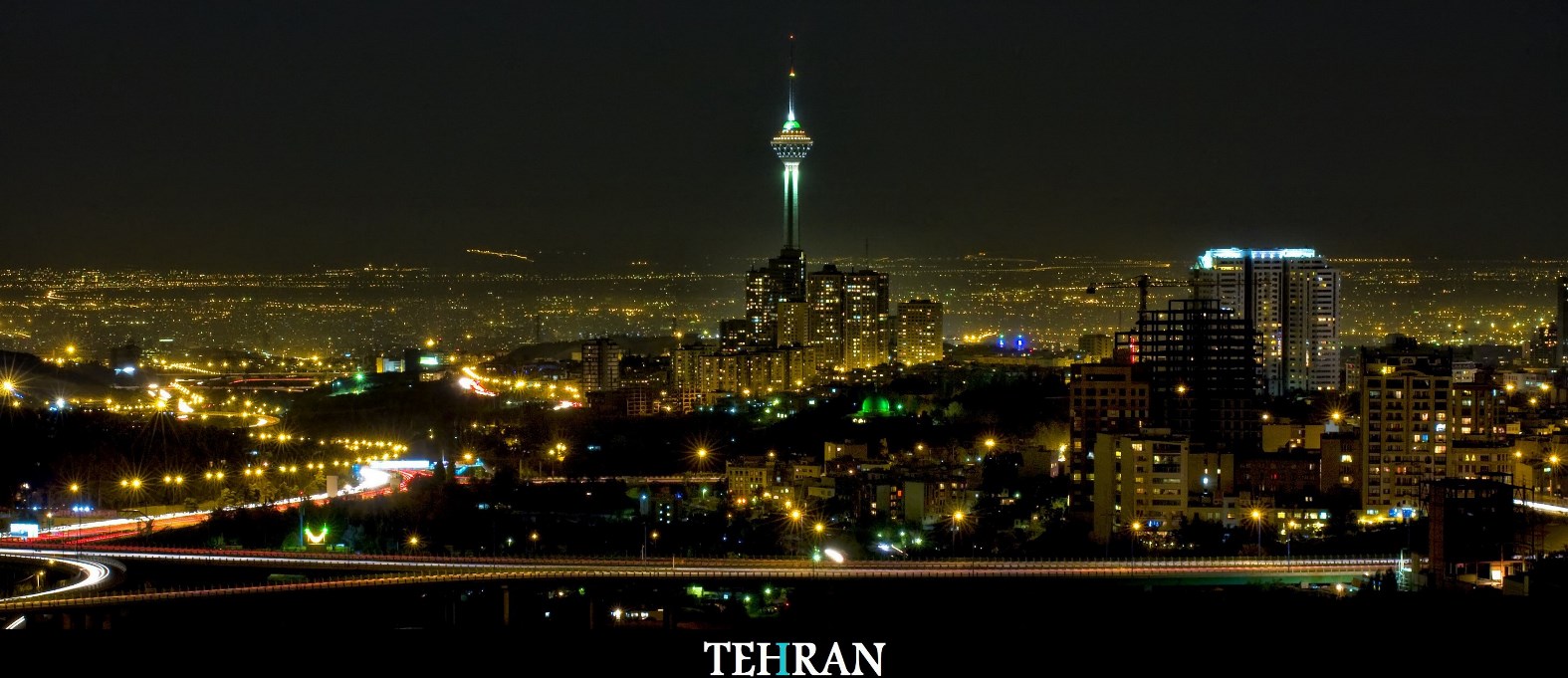
Iran is drifting away from an oil-centered economy greatly prone to spasmodic market volatility and turmoil, which has unfailingly stunted the country’s every bid for sustainable development.

At their peak, oil revenues have caused an outbreak of virulent economic maladies, including stagflation and the Dutch disease – a situation when a sudden flush of petrodollars has led to a decline in manufacturing and agriculture.
The worst situation in case was former president Mahmoud Ahmadinejad’s tenure when an oil windfall of about $800 billion left Iran saddled with an inflation rate of over 40% and a tattered economy.
With lower oil prices and revenues, meanwhile, the government has had to struggle for funding development projects and paying its huge army of employees in a country where much of industries and businesses is state-owned.
In recent months, a growing supply glut has sent oil prices into a tailspin, with Iranian crudes currently averaging in the $20-30 range.
On Sunday, local media said the government of President Hassan Rouhani had drafted the budget for the new fiscal year on the basis of $35 a barrel. Government officials say they have cut the country’s dependence on oil to a third of what it used to be to around 31.5%.
Deputy Industry, Mine and Trade Minister Mojtaba Khosrotaj said Iran’s oil revenues in the new year are estimated to total $14 billion if the government’s bid to increase exports by 500,000 barrels per day realizes.
That is a huge climb-down from record annual revenues of $100 billion which came during some of Ahmadinejad’s years in office.
Hopes set on mining
The mining sector is being groomed as Iran’s favorite to move away from the oil-based economy.
As part of the 2025 Outlook initiative, Iran plans to expand domestic value-adding activities by focusing on downstream projects to enhance sustainable development.
Last month, Khosrotaj said Iran has potential to generate more revenue from mining than it does from crude.
Another official said Iran possesses 7% of the world’s total mineral reserves worth about $700 billion, which could rise to $1.4 trillion with new discoveries – a figure which roughly equals Iran’s total oil revenues so far.
The country is ranked the world’s 15th with more than 27 billion tonnes of explored reserves and 57 billion tonnes of potential reserves.
According to head of Iranian Mines and Mining Industries Development and Renovation (IMIDRO) Mehdi Karbasian, Iran plans to attract over $20 billion of foreign investment in mining and downstream industries.
US growth partnership company Frost & Sullivan said in a report released on Friday that Iran’s mining industry value chain requires new investments of approximately $60 billion.
Currently, the mining sector accounts for less than 1% of Iran’s total GDP and relevant downstream industries do not exceed 5%. The target is to increase this share to more than 2% and 20% respectively within the next ten years.
“The boom in the mining sector will help the Iranian Government reduce the unemployment rate and raise non-oil revenues significantly,” said Ali Mirmohammad, senior consultant and business development manager – Iran, Frost & Sullivan.
